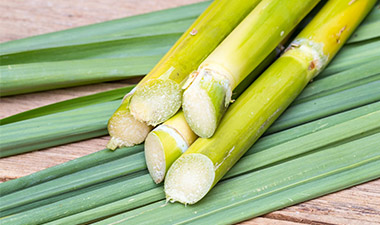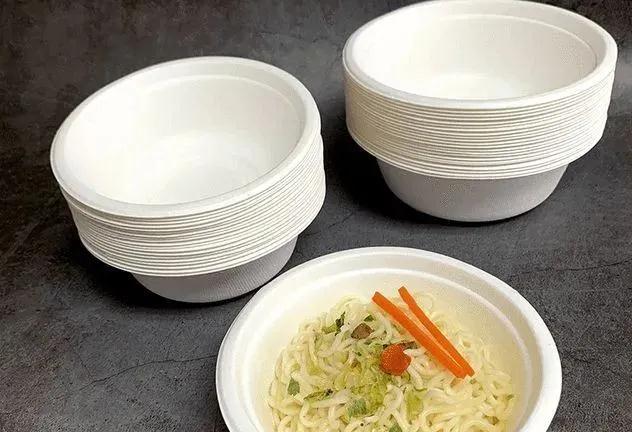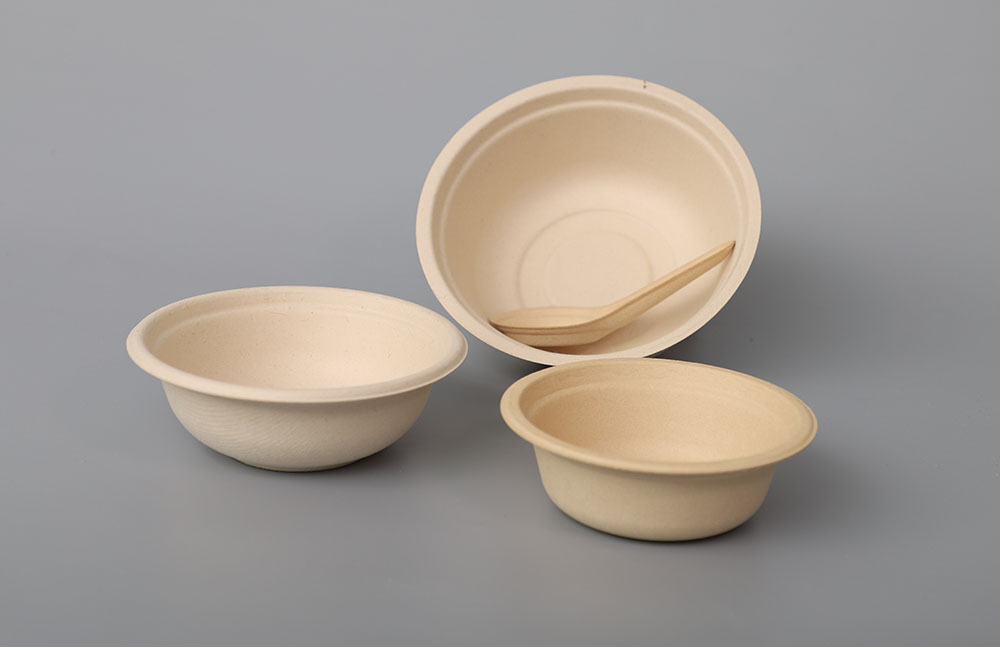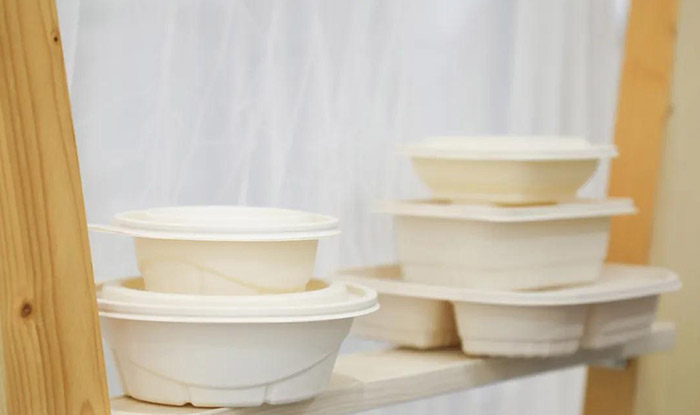Q5: Can disposable pulp molding tableware be heated by microwave and refrigerated in refrigerator? How much temperature can it reach?
A: The biodegradable pulp molding food box can be heated by microwave and baked in the oven without harmful chemicals . The maximum temperature can reach 220°C. It can support refrigerator freezing, freezing up to minus 18 ℃.
Q6: What type of product quality inspection standards does the pulp molding tableware meet?
A: The biodegradable pulp molding tableware meets the national quality inspection standards of "Pulp Molding Tableware", the United States Food and Drug Administration (FDA), the German New Food and Dietary Products Act (LFGB), and other international standardized inspection standards.
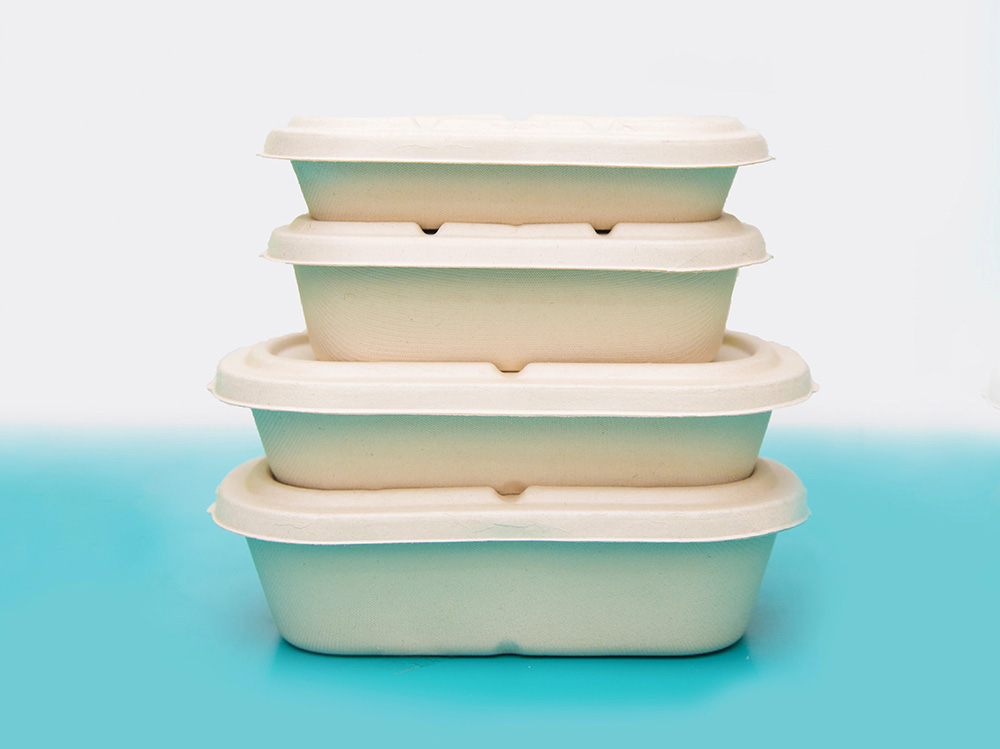
Q7: Can the logo be printed on the biodegradable tableware?
A: Logo can be printed. The printed products are mostly the circle , bottom or top of the food box. Products such as cups and bowls are mostly printed on the outside of the product with curved printing. According to the printer, it is divided into screen printing, pad printing and laser printing (code printing). Printing products will increase costs accordingly.
Q8: Have the raw materials used in the white degradable tableware been bleached? What bleach is used?
A: Unbleached plant fiber pulp contains a small amount of lignin and colored impurities, so it is yellow and the fiber is hard. Semi-bleached pulp contains a lot of polypentose, which is light yellow, commonly known as natural color. The fiber of bleached pulp is white, pure and soft, but due to bleaching treatment, the fiber strength is lower than that of unbleached pulp. Bleaching generally use hydrogen peroxide for bleaching, not chlorine bleaching!
